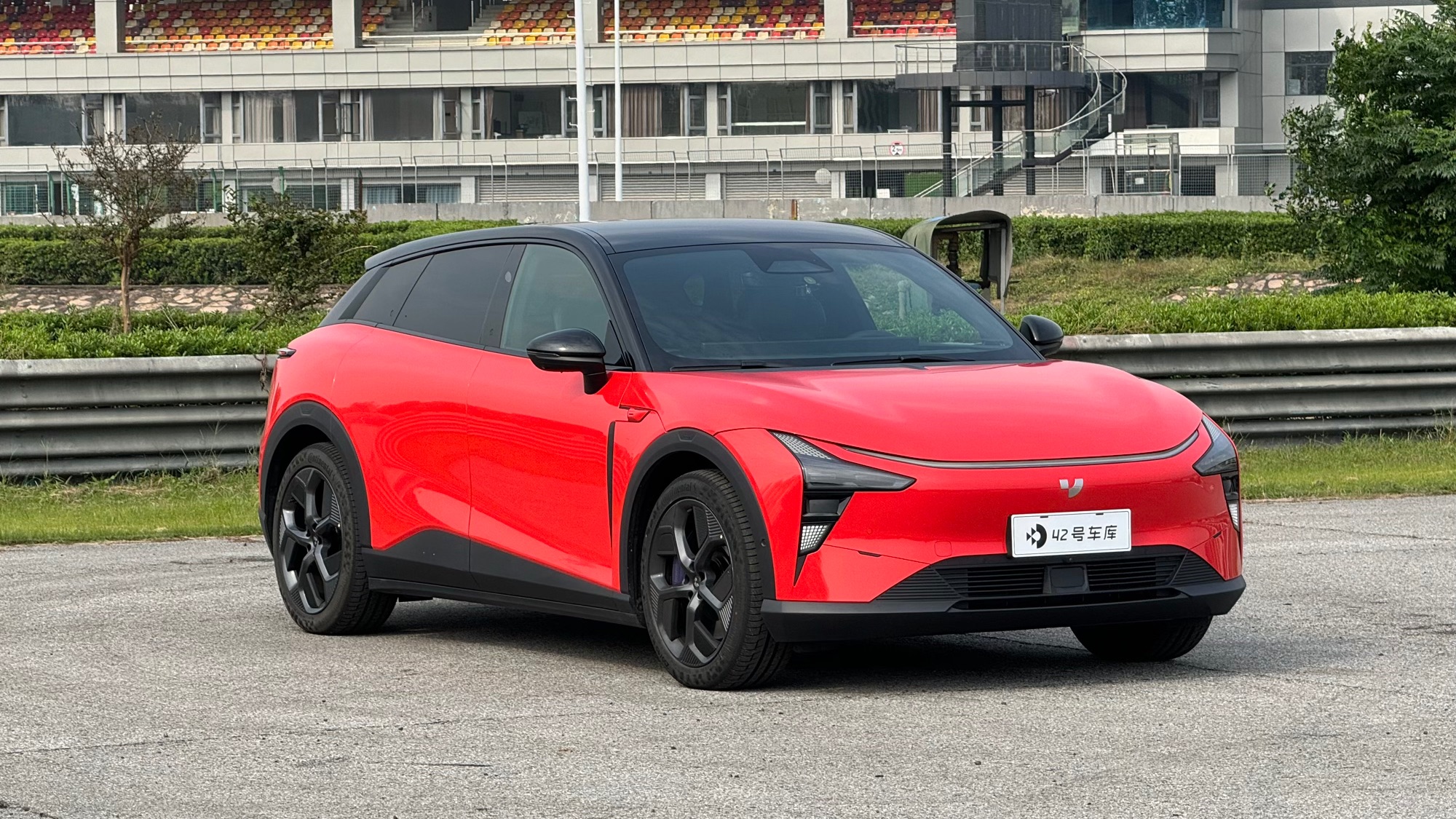After over two years, the first car jointly manufactured by Baidu and Geely has finally been launched tonight.
JIYUE 01 has two models:
- JIYUE 01 Max, priced at 249,900 RMB. Equipped with a single motor + 71.4 kWh lithium iron phosphate battery, CLTC range 550 km.
- JIYUE 01 Max Performance, priced at 339,900 RMB. Dual motors + 100 kWh ternary lithium battery, CLTC range 660 km.
Additionally, the single-motor model can choose a 100 kWh battery with an optional price of 45,000 RMB, making the overall price 294,900 RMB, CLTC range being 720 km.
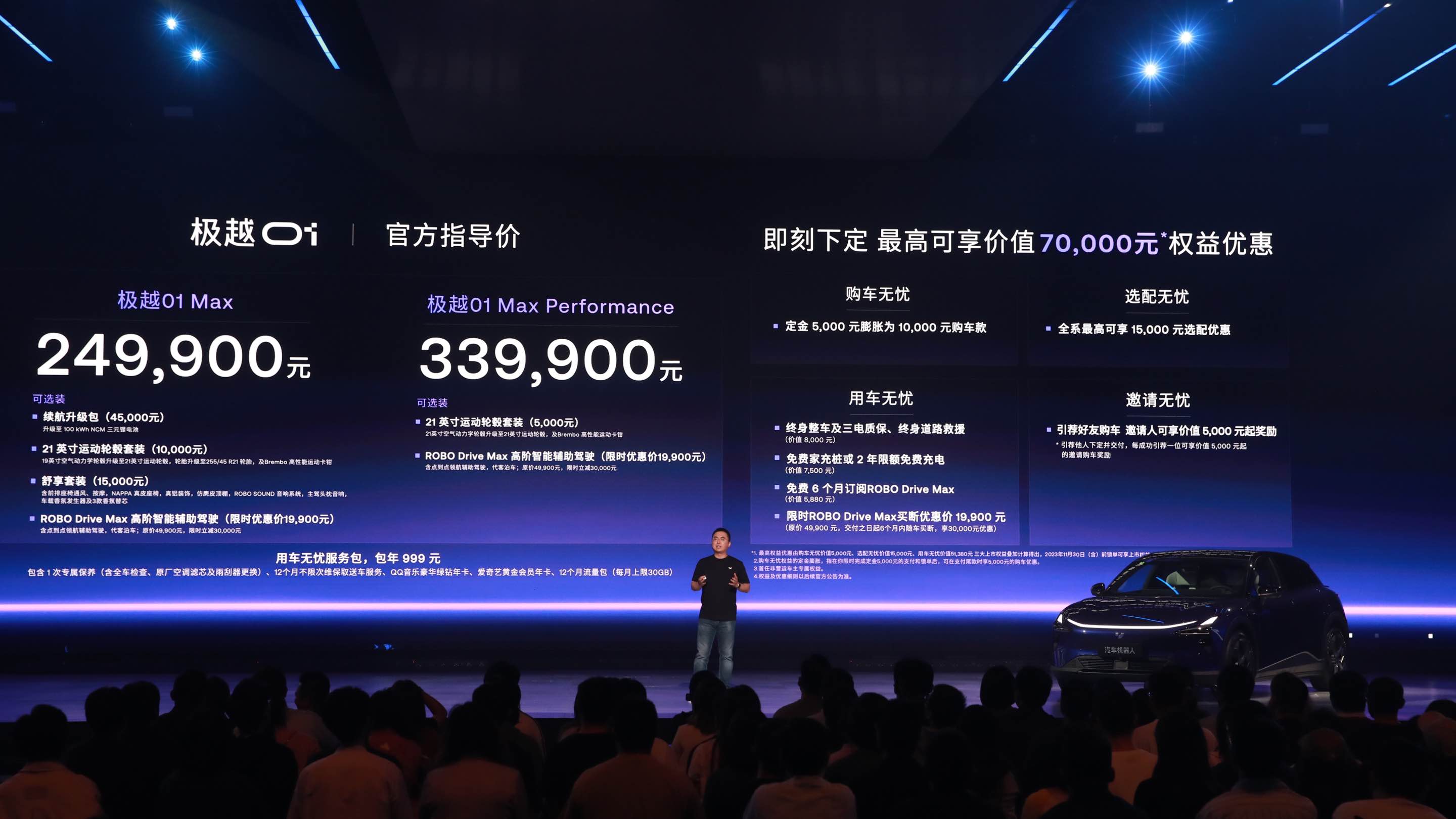
Let’s discuss the three aspects of JIYUE 01 that everyone is most curious about:
- The whole series is not equipped with lidar, using visual cameras and millimeter-wave radar to achieve point-to-point navigation assistance PPA;
- The first 8295 intelligent cockpit launched by domestic car companies, realizing the transformative upgrade from 7 nm to 5 nm;
- Born from Geely’s SEA architecture, it has many improvements compared to ZEEKR 001.
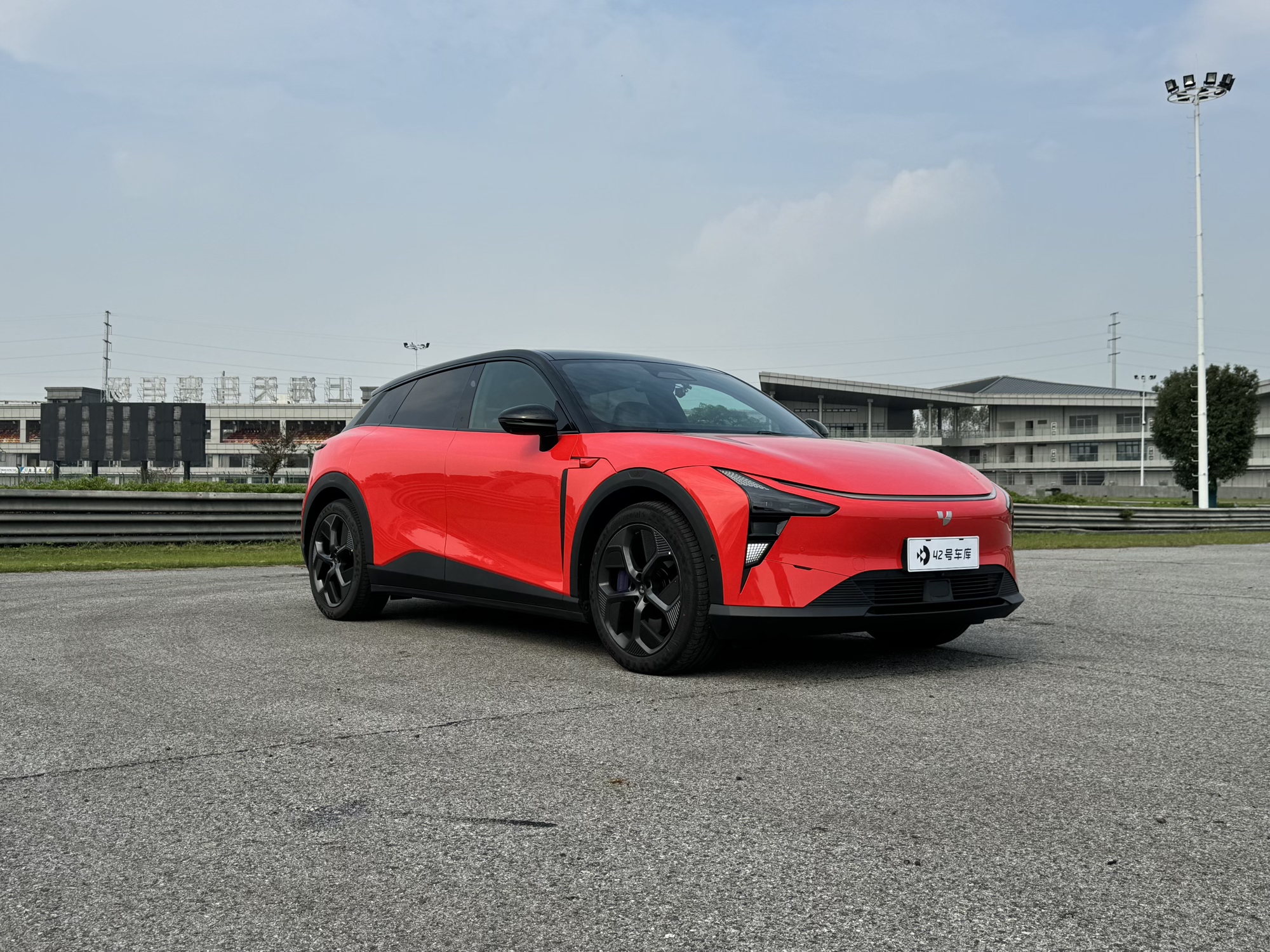
Today, after attending the launch of the JIYUE 01 and recently having a deep experience with the JIYUE 01, I have detailed answers to the above three points.
No Lidar in All Models
Lidar seems to have become a reliable indicator for assisted driving, and the idea that “two are better than one, three are better than two” is seemingly more recognized in the industry.
The predecessor of JIYUE 01, ROBO-01, had two lidars from the concept car stage, until JIYUE demonstrated city navigation assistance driving ability this month and specifically mentioned “pure vision”, confirming that lidar was finally cancelled.
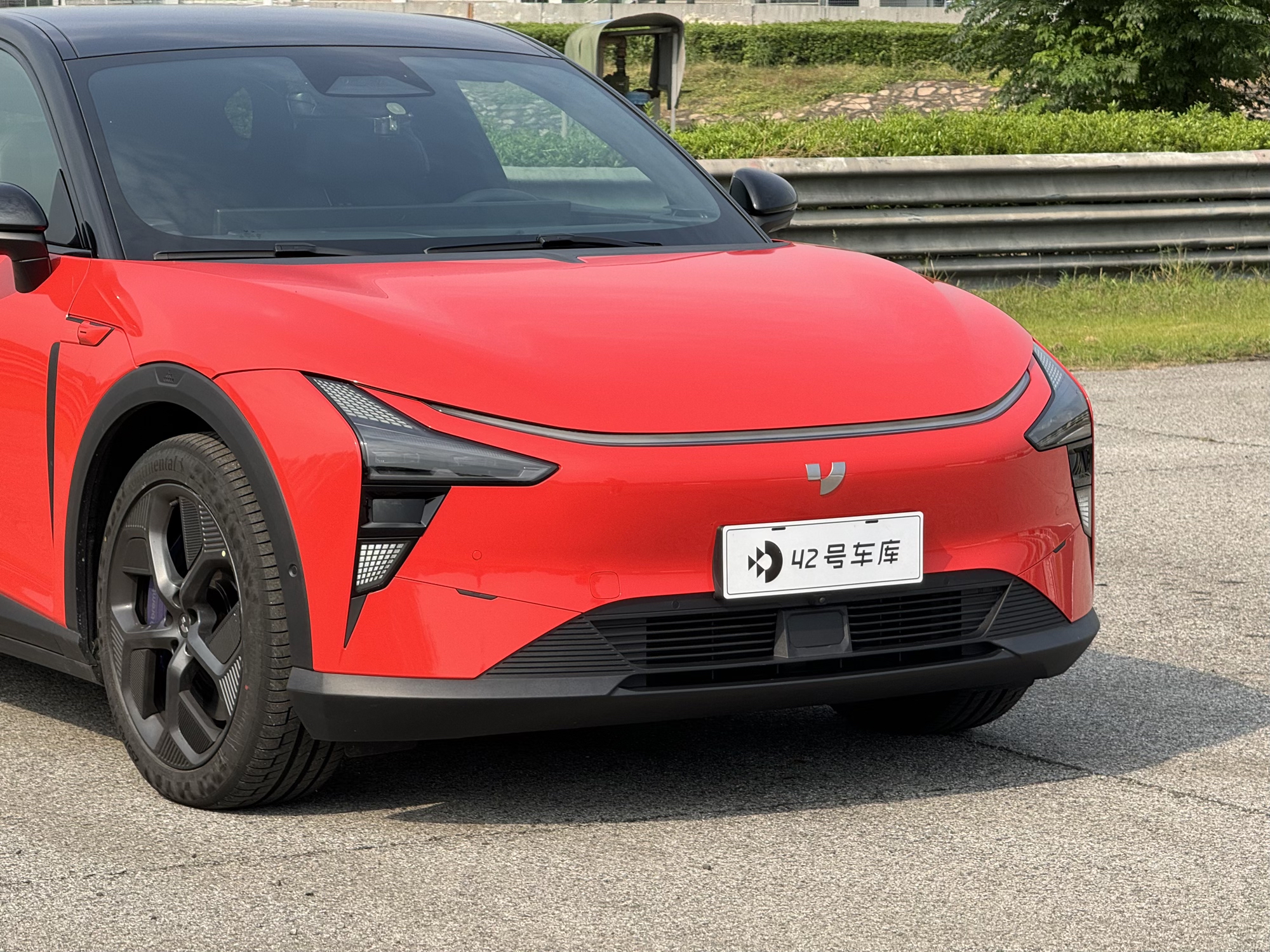
However, it should be added that JIYUE 01 is still equipped with 5 millimeter-wave radars to assist in driving, and during the parking process, there are also 12 ultrasonic radars involved.
At tonight’s launch, JIYUE named this high-level intelligent driving system the “ROBO Drive Max”. ROBO Drive Max is an optional package for JIYUE 01, which supports a subscription of 980 RMB per month, or a one-time purchase with the car for 49,900 RMB.
 In terms of computing hardware, the vision-centric solution of BEV+Transformer can achieve mass production on JIYUE 01, based on dual NVIDIA DRIVE Orin chips, with AI performance reaching 508 TOPS. In terms of perception hardware, the visual perception framework features 11 HD cameras (7 of which are 8 million pixels), 12 ultrasonic radars and 5 millimeter wave radars, for a total of 28 AI driving sensors.
In terms of computing hardware, the vision-centric solution of BEV+Transformer can achieve mass production on JIYUE 01, based on dual NVIDIA DRIVE Orin chips, with AI performance reaching 508 TOPS. In terms of perception hardware, the visual perception framework features 11 HD cameras (7 of which are 8 million pixels), 12 ultrasonic radars and 5 millimeter wave radars, for a total of 28 AI driving sensors.
The reason for abolishing LiDAR is due to the adoption of OCC (Occupancy Network) technology. The technology roadmap of “BEV+Transformer+OCC” coincides with that of Tesla.
One of the main functions of ROBO Drive Max is PPA (Point-to-Point Autopilot Assistance), which covers driving assistance capabilities in various scenes such as highways and cities. Besides, JIYUE 01 also supports external voice-controlled driving/parking.
This year, ROBO Drive Max’s advanced AI driving functions will be open to all users in Shanghai, Shenzhen and Hangzhou, and 90% of the elevated highways across China can use PPA, which is referred to as “ready to use”. By 2024, PPA will be gradually opened in more than 200 cities nationwide.
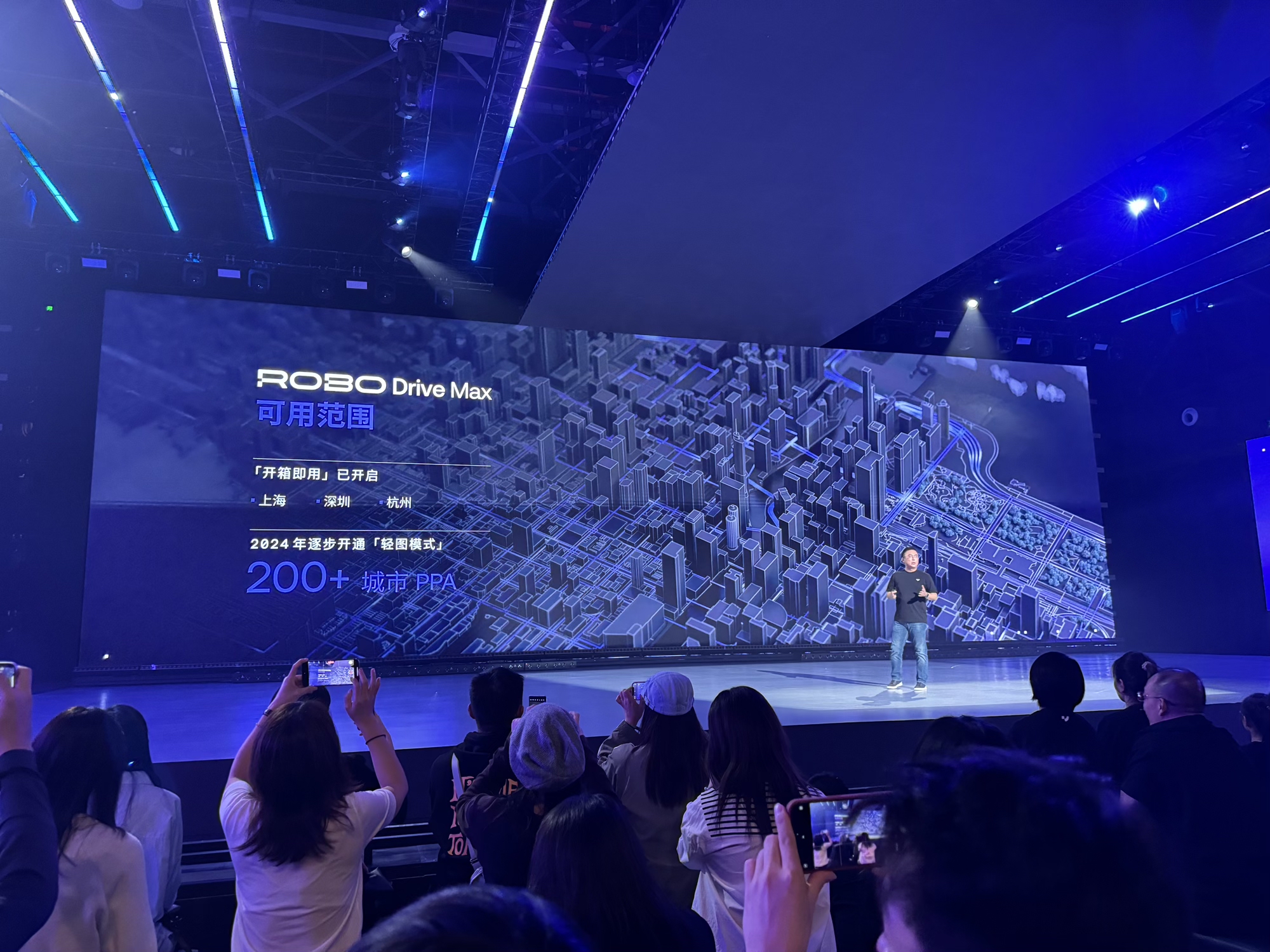
Models without extra options or subscription will be standard equipped with ROBO Drive, which includes lane keeping, automatic parking assistance, collision warning, lane departure warning, and other driving assistance features. Voice-controlled AI driving is also supported.
How does a 5 nm chip perform?
The next generation 8295 chip is finally here, after more than two years since the 8155 was deployed.
The performance of 8295 is essentially equivalent to Qualcomm’s laptop chip Snapdragon 8cx Gen 2, and stronger than the concurrent Snapdragon 888. This chip significantly progresses the vehicle core technology from 7 nm to 5 nm process, marking a substantial transformation.
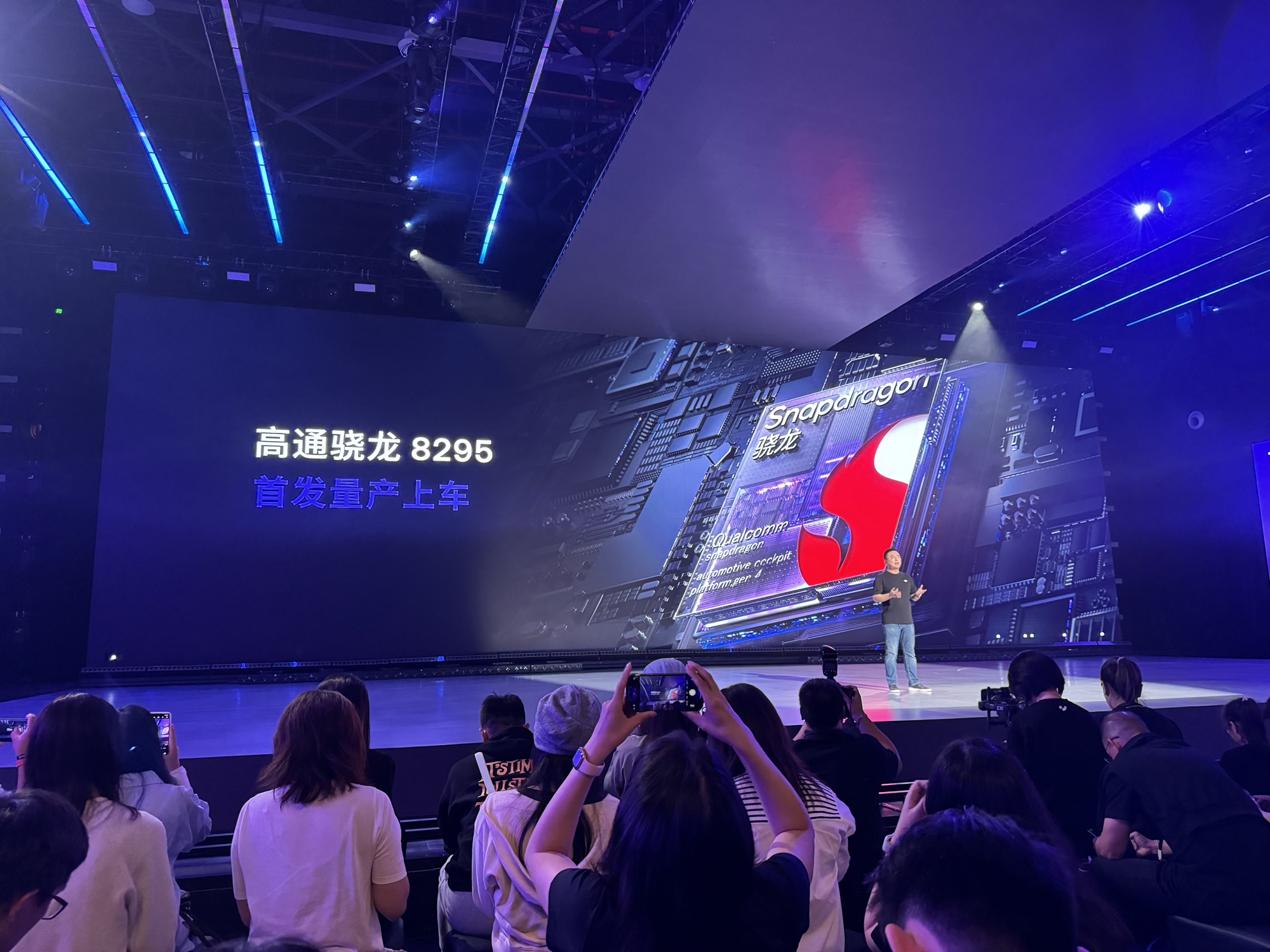
The 8295 employed in JIYUE 01 is somewhat different, activating another “hidden” AI unit, thus doubling AI performance from a previously promoted 30 TOPS to 60 TOPS. This surpasses many auxiliary driving chips. Compared to the previous generation 8155, 8295’s AI computing power has risen by more than 7 times.
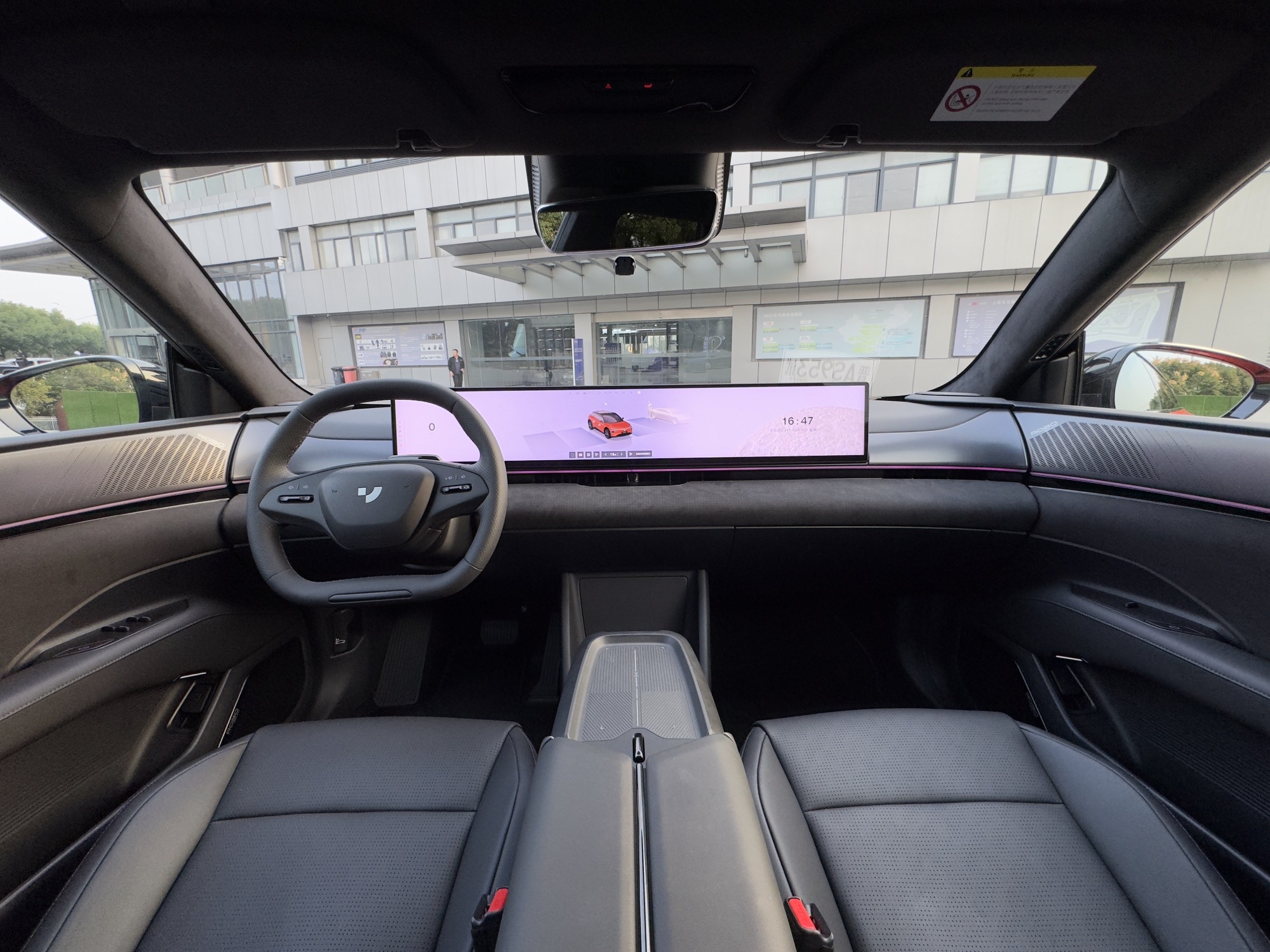
The enhanced AI capability is in preparation for deployment of extensive models, as Baidu Wenxin is already set on its track.
JIYUE CEO Xia Yiping stated at the scene, the JIYUE 01 has domestically first launched the Qualcomm Snapdragon 8295.
However, also tonight, at the Zeekr 001 FR release and listing conference, it was mentioned that the “global mass production first launch and first delivery of the 8295 intelligent cabin computing platform”. The new generation Mercedes-Benz E-Class, which recently made its appearance, also carries the Qualcomm 8295 intelligent cockpit chip.
So the question is, which car was the first to launch the 8295?
Back to the subject, let’s look inside the JIYUE 01. The screen is quite unique, measuring 35.6 inches in size, with a horizontal resolution reaching 6K, presenting an excellent clarity. However, this screen does not run from A-pillar to A-pillar through the entire car, but is slightly narrower, with speed information directly in front of the driver. We understood that if the screen were any longer, the cost would significantly increase.
Next is the UI design, divided into three parts: speed and instrument information on the far left, App homepage in the center, and co-driver services on the right. In different use scenarios, the UI will have various changes, such as assisted driving perception information in the center or full-screen gaming.
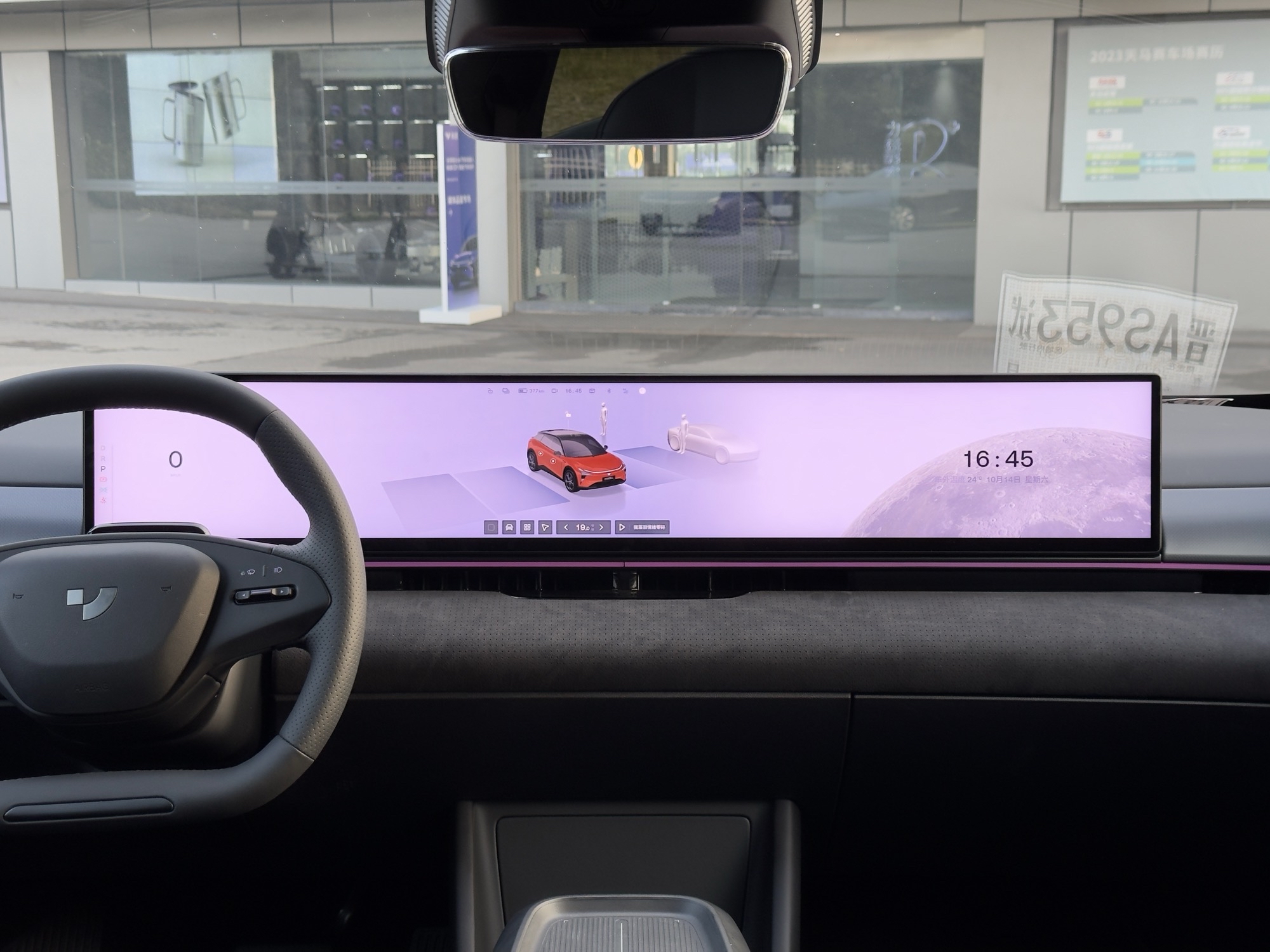
For instance, the JIYUE 01’s leisure cabin, a full-screen UI design, integrates four major functionalities: a rest room, an arcade, a karaoke, and a cinema. When watching a movie, for example, the video can be centered for all car occupants to watch, or it can be played simultaneously on both sides, so that driver and co-driver won’t need to tilt their heads to watch the video.

My favorite is the game room, with full-screen gaming, the view is quite expansive.
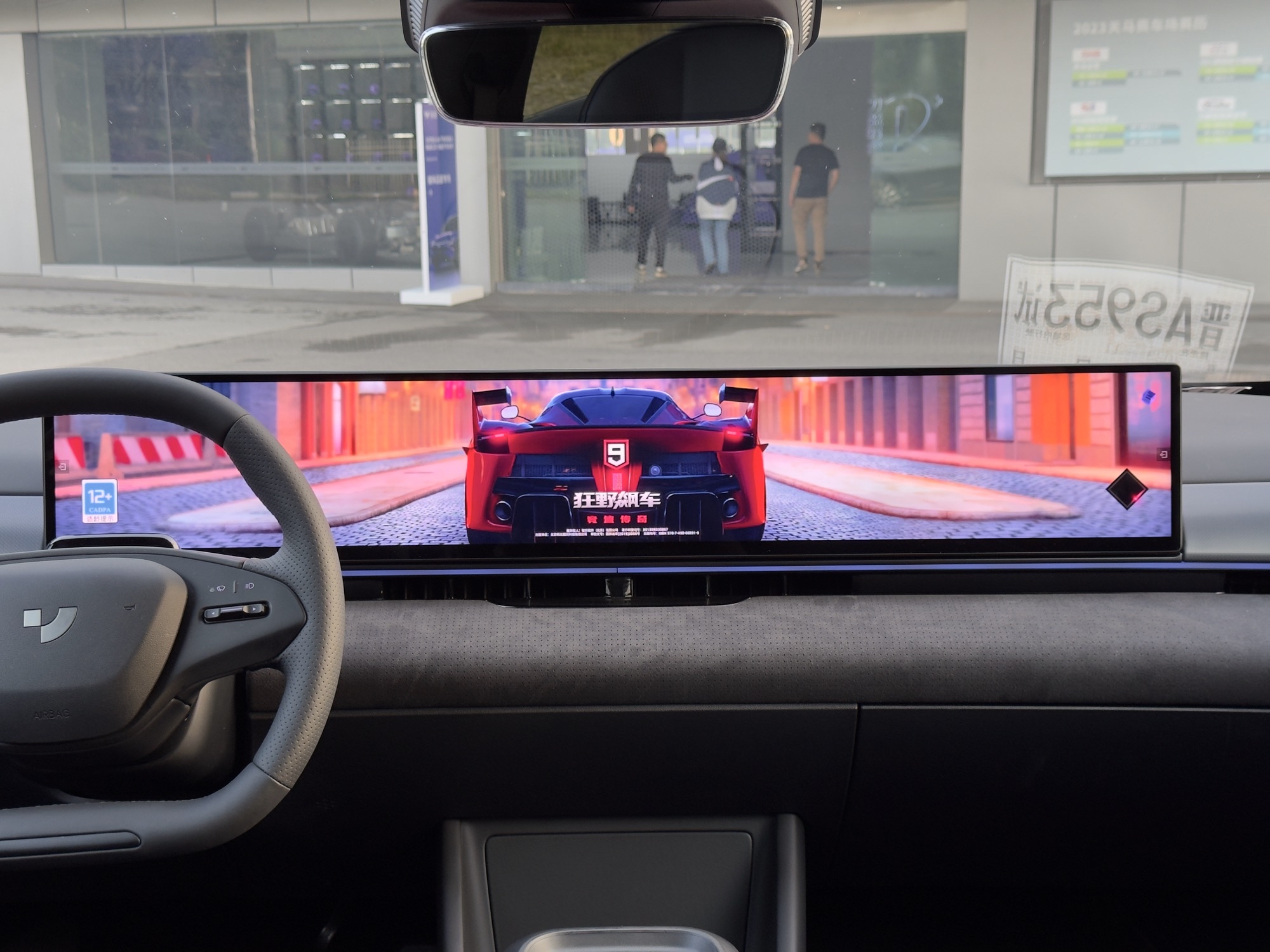
At the same time, the voice function is quite strong, the JIYUE 01’s voice assistant SIMO can realize full-domain full-offline voice, all local processing. The biggest advantage is that it is fast, the official data is “full-end side voice recognition speed at 500 ms, end-to-end voice response speed within 700 ms”.
Another advantage is that the voice assistant can converse with you normally even without a network connection.
Not only voice, SIMO also uses multimodal voice perception, the in-car camera will make a corresponding command based on the direction of the eye, like if you look to the right and say “open this window”, SIMO can help open the right window.
Like the already implemented four-zone voice control, driver wake-up-free, and continuous complex commands in the industry, SIMO can recognize and process them.
Another point is that the voice can also be used outside the car, you can let SIMO help open doors and trunks.
Impressively Detailed
After deeply experiencing JIYUE 01, the electric door has left me with a notable impression.Firstly, what constitutes a good electric door? It should be both highly responsive to automated commands and offer the same experience as traditional vehicle doors when operated manually.
The electric door for JIYUE 01 embodies these features. It opens and closes speedily, emitting a satisfying sound upon closure. It’s light and easy to handle manually and switches effortlessly between automated and manual modes.
If these specifics don’t resonate strongly with you, one could compare the electric doors of the ZEEKR 001 and JIYUE 01. The difference should then become apparent. Keep in mind that both vehicles share the same platform.
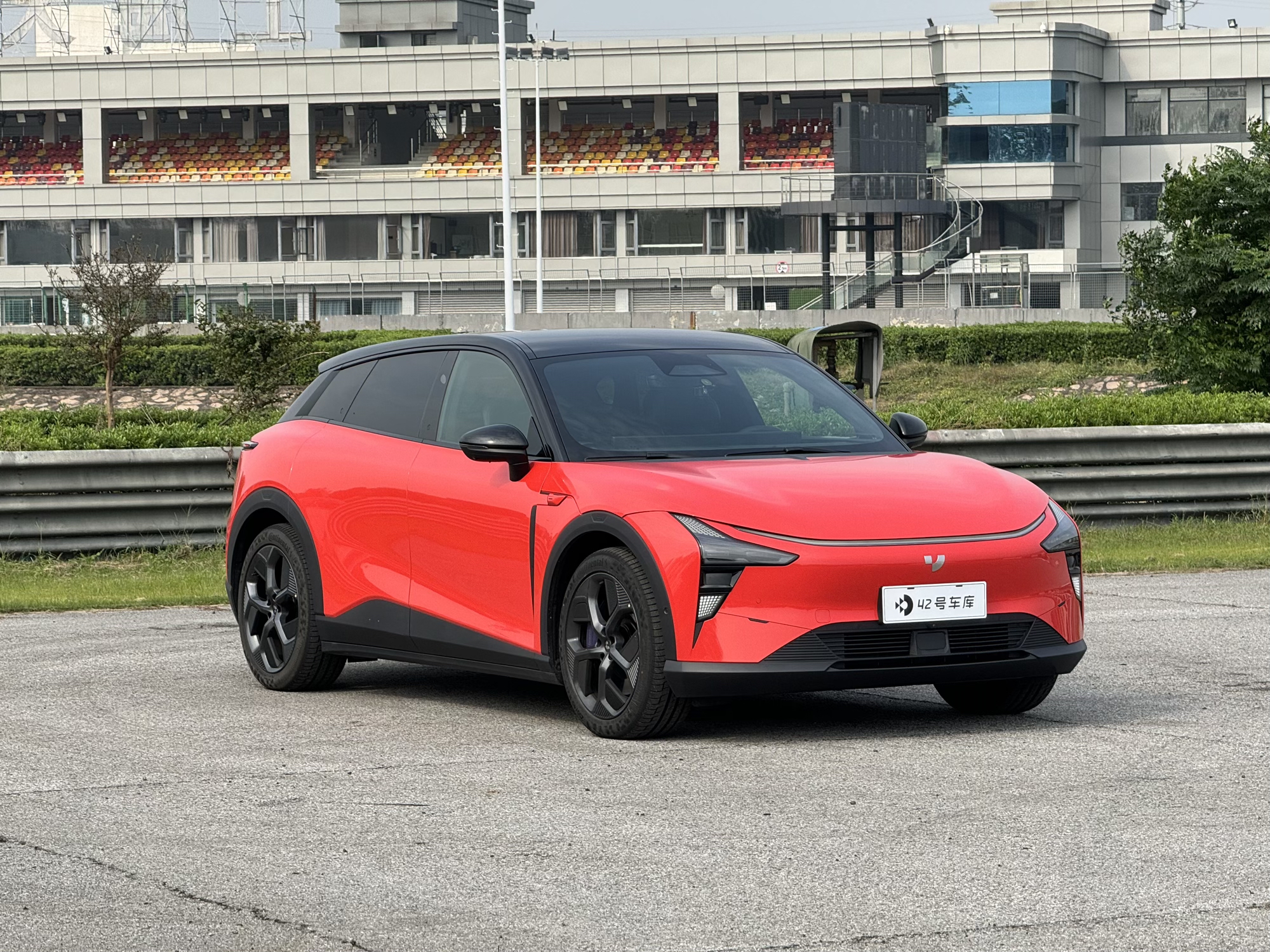
Another detail worth mentioning is the suspension and handling. JIYUE 01 leans heavily towards sporting, with a firm suspension system reminiscent of some Tesla’s Model Y styles. During track testing, noticeable agility was experienced with JIYUE 01 on S-shaped bends.
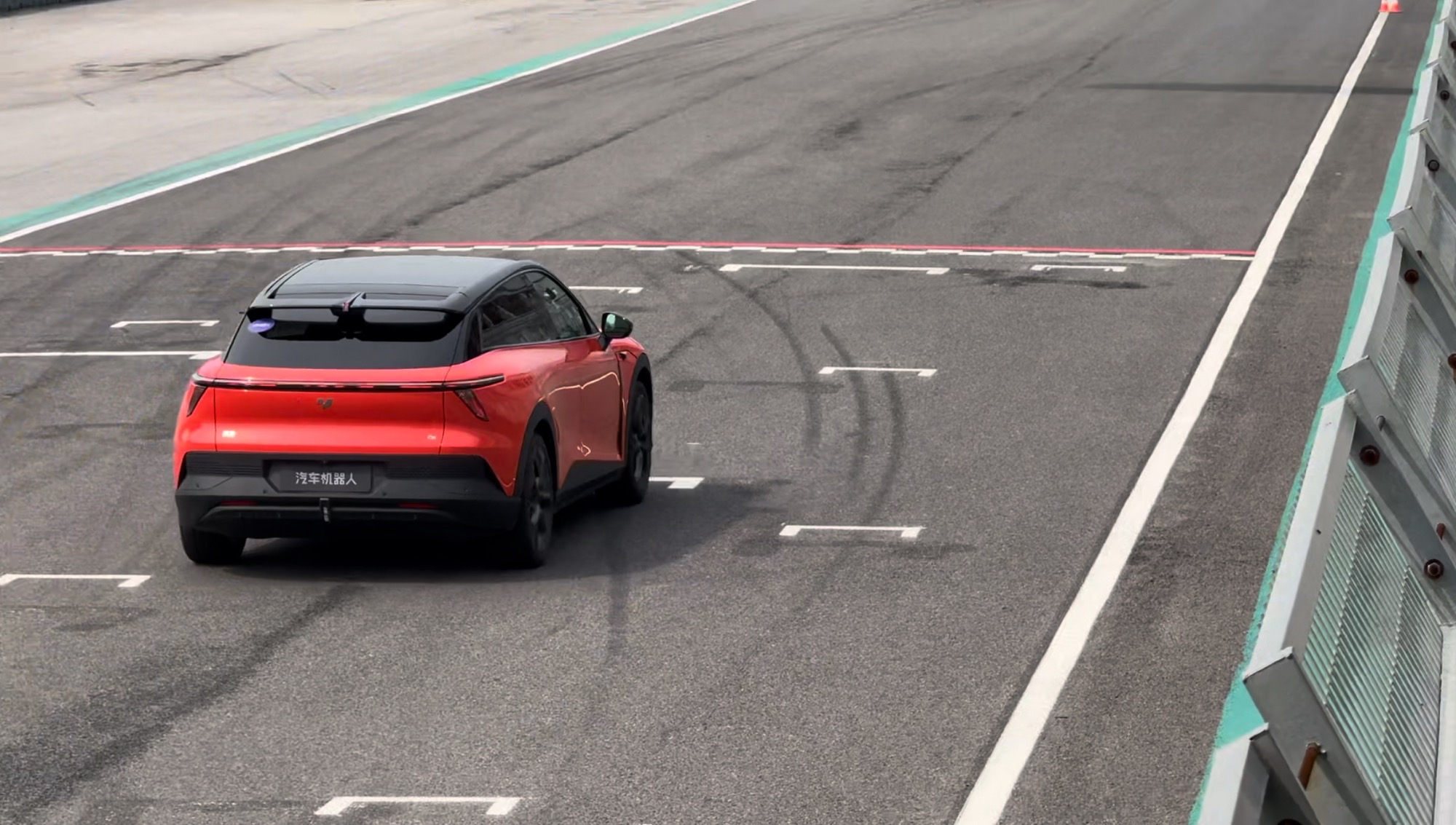
However, road feel tends to be rather prominent during city driving.
Another thing to note concerns the interior accessories. The wireless charging pad being somewhat large and flat, securing a mobile phone while driving presents a challenge. An official recommendation would be for the provision of magnetic accessories hence stabilizing the phone and enhancing the charging efficiency.
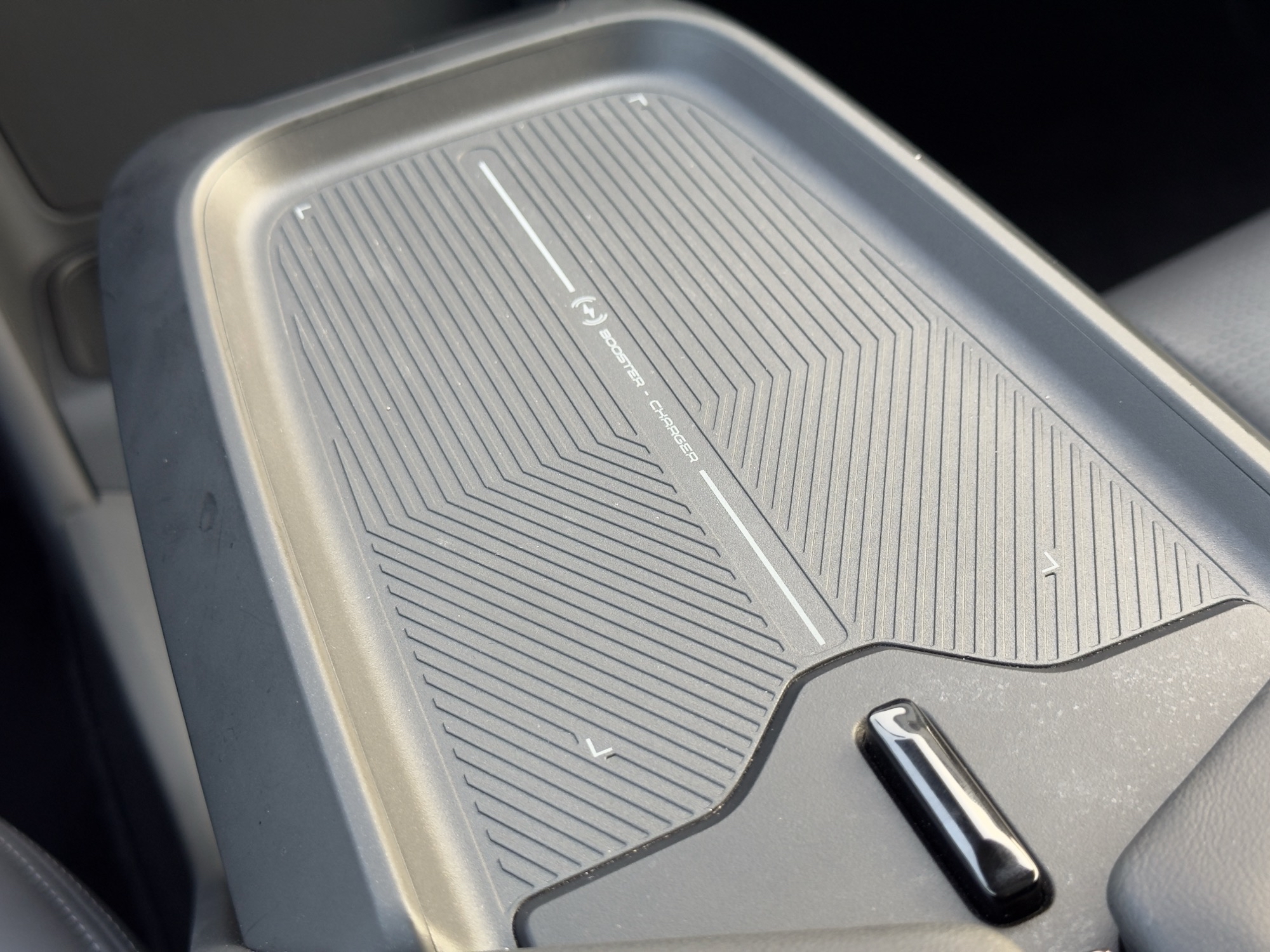
Finally, there are three exterior details.
The previous placement for laser radar is now a plastic decorative cover. Embedded on the front fender, a small purple light serves as an aesthetic breathing light of sorts. Lastly, four LED lights, indicative of battery power, are positioned below the posterior side door.
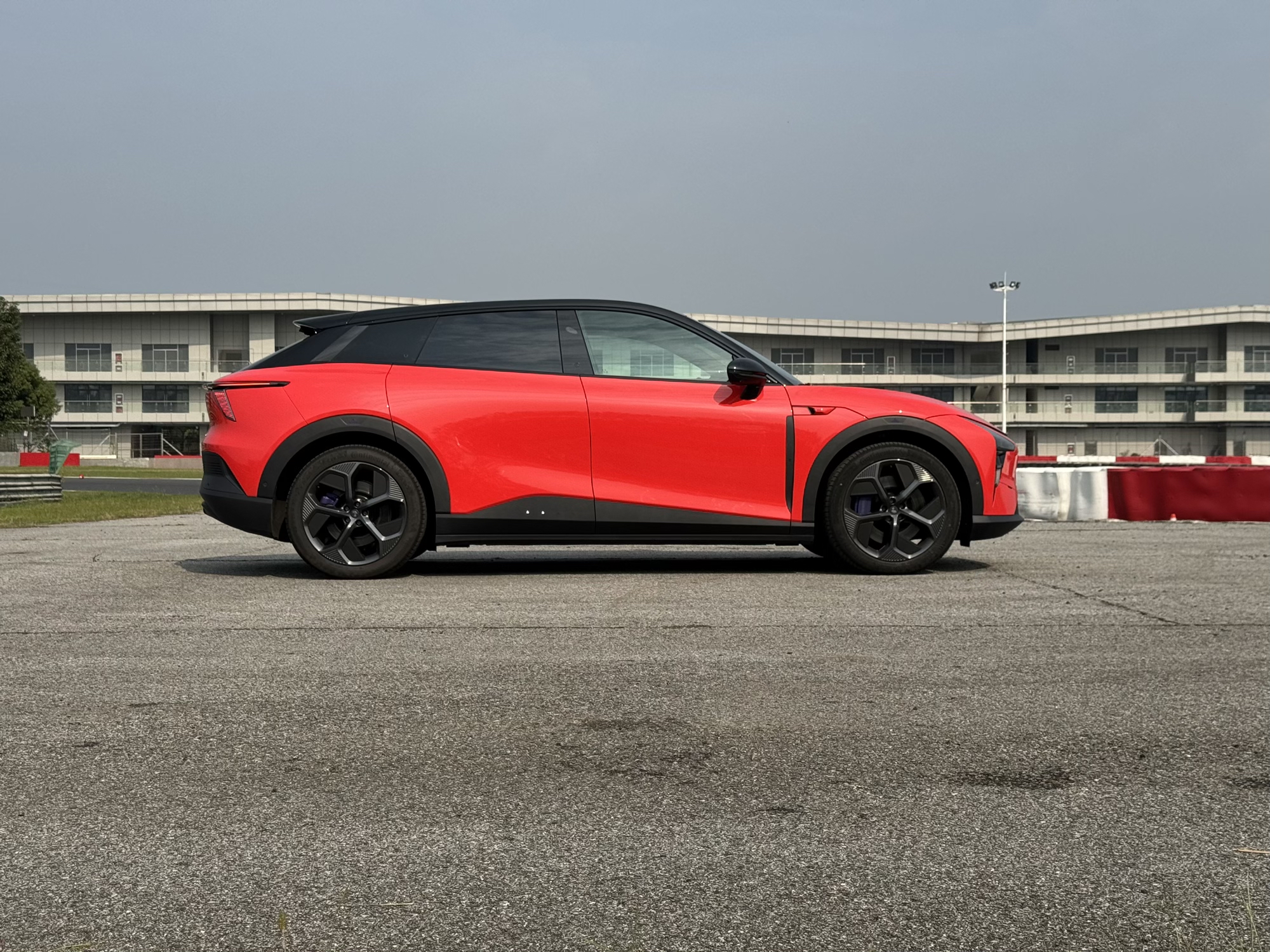
As seen, JIYUE 01 moves ahead of its time with these advanced features. One can only speculate the fascinating combinations achievable with these lights!
Conclusion
As the inaugural product from the partnership between Baidu and Geely, the inception of JIYUE 01 isn’t easy. Ever since its establishment, there have been non-stop industry questions surrounding Baidu’s smart driving tech, production qualifications, and branding. Nevertheless, when JIYUE Automobile CEO Xiā Yīpíng proclaimed the arrival of a ‘benchmark product for the intelligent vehicle era’ at the night’s launch event, the tremendous applause and cheers that filled the air spoke volumes of the high expectations for JIYUE 01.
The urban navigational assistance driving that operates sans laser radar, and the vehicular model that pioneers the adoption of Qualcomm 8295 cockpit chip, JIYUE 01 is unquestionably advanced in terms of vehicle intelligence. In terms of performance, it exhibits a high degree of usability.However, a car is more than just smart. For example, the 800 V high-voltage platform that has been sequentially mass-produced this year, the JIYUE 01 failed to keep up.
This article is a translation by AI of a Chinese report from 42HOW. If you have any questions about it, please email bd@42how.com.
